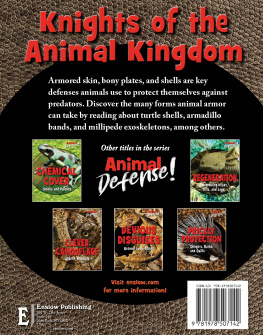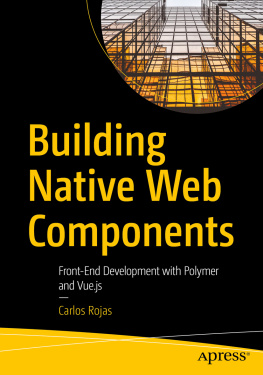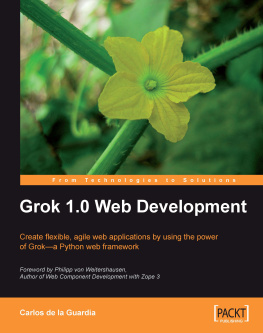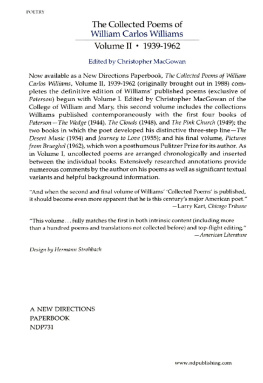CARLOS de ZAFRA , M.E.
Faculty Lecturer, New York University
1915
Historical
The manufacture of projectiles to meet the requirements of the modern science of warfare has been brought to its present high stage of development through a long series of experiments based, at first, more upon theory than perhaps any other branch of engineering.
In the days of wooden vessels very little thought was given to the actual physical properties of the then cast iron spherical mass. The gun was the agent upon which depended the ability of the projectile to penetrate. The projectile, being confronted by so slight a resisting material as wood, was distorted or physically affected to practically no degree by the resisting medium. When fighting yard-arm to yard-arm the power of the gun was sufficient to fully penetrate the enemy, while at long ranges considerable damage would be executed without in the least impairing, by the shock of impact (which was inconsiderable as compared with modern conditions) the physical condition of the shot.
In the days of the all-wood vessel the guns were of the smooth-bore class divided into various types with nomenclature according to the size or weight of the shot, very much as they are today, i.e., 3-pounder, 6-pounder, 4-inch, 10-inch, etc.
A general review of the gradual development of projectiles will be found beneficial and helpful to a more complete understanding of the complexities involved in overcoming the present day difficulties.
In the smooth-bore gun spherical shot was used. This was by no means a tight fitting device. Upon firing the gun considerable powder pressure was lost through the rapid escape of the gases past the shot between it and the bore of the gun. This would most naturally be expected since at best the surface of contact between the shot and the bore would be only a circular line quickly eliminated or worn away through friction under the high temperature of the burning gases behind the shot. The most obvious way to eliminate that wearing away of the bearing surface was to increase it, in doing which the escape of gas past the projectile would be greatly checked, and the gas pressure behind the projectile increased (exerting, thereby, a greater propelling force) and imparting to the projectile greater velocity, increased momentum, and consequent increased penetration. But an increase in the bearing surface of the shot necessitated an alteration in its shape introducing difficulties affecting the accuracy of its passage through the air.
It was not an appreciation of any ineffectiveness in the early shot that first brought about a realization of the importance of obtaining the highest possible results from the material at hand, for no difficulty was experienced in penetrating the early wooden barriers. But with the introduction of rail-road and boiler iron and anchor chains along the sides of the vessels of war as a protection it was demonstrated that the old round shot previously most effective at the same range was now of little consequence. Armored vessels, though crude as was their armor, could with impunity run up along side a wooden enemy and demand immediate surrender with immediate destruction as the penalty for non-compliance. It is only necessary to refer to the Naval History of the Civil War of the United States for the most convincing proof that this was so.
Thus began one of the greatest industrial wars of the Worldthe Battle of Guns and Armor, which has been constantly waged through years of international peace and prosperity, and is destined to continue indefinitely or until the Utopian days of Universal Disarmament and everlasting peace arrive.
Early Developments
With the change from the spherical to the longitudinal projectile, difficulties in securing accuracy of flight arose not previously existing. It was found that the elongated projectile would tumble or revolve about its transverse axis during its flight, also wobble or describe a cork screw or spiral trajectorycapital defects requiring immediate attention.
The principle of the gyroscope to the effect that a body would maintain any desired position while revolving at a high rate about the proper axis was known and it was found desirable to adopt this principle in some practical manner to the development and improvement of the projectile. It was believed that were it possible to give a high rotative speed to the projectile about its major axis the desired object of keeping that axis co-incident with the vertical plane of the trajectory would be accomplished.
Among the first steps towards the development of the modern rifled artillery and elongated projectile we find certain improvements to have originated in the small arms pieces. In his "Report on the Art of War in Europe in 1854, 1855, and 1856" Colonel R. Delafield, U.S.A., gives the first reference of immediate importance to the subject in question. The small arms bullet was of lead which readily adapted itself to such configuration as was desired. Great contrariety of opinion existed as to the best form of ball and principle, even, by which it was caused to partake of the rifle twist of the gun barrel. The following are some of the first forms and methods adopted and are worthy of consideration:
Cut out view of a shell
Fig. 1
Among the French and some others the "tige principle" was employed. It consisted in forcing the base of the ball open so "as to fit the bore and rifle grooves by driving it on a projecting spike in the bottom of the gun attached to the breech, and rising through the charge of powder," as in Fig. 1. For this purpose a countersunk rammer head to fit over the head of the ball had to be used.
Various configurations of rifle balls
| Fig. 2 | Fig. 3 | Fig. 4 | Fig. 5 | Fig. 6 | Fig. 7 |
In the English Enfield rifle a form of ball was used consisting of a hollow cup or cone in the bored-out base of the ball (Figs. 2 and 3) the action of the powder driving this cup into the ball causing it to expand and take the rifling. Iron cups were used in the Crimea but because of occasionally cutting off and leaving in the bore a ring of lead were discarded for solid wood or papier mach cups (Fig. 4). Figs. 5 and 6 show forms of hollow base balls used by the French and Russians, in which the direct action of the powder on the base caused the sought for expansion into the rifling.
The Russians at Sebastopol employed also a fourth principle consisting of two short projections or lugs on the cylindrical part of the solid ball to engage in two grooves cut in the bore of the gun. Its proportions are illustrated by Fig. 7.
More configurations of rifle balls
| Fig. 8 | Fig. 9 | Fig. 10 | Fig. 11 | Fig. 12 | Fig. 13 |
The modifications of the preceding forms, shown in Figs. 8 and 9 were used in the Crimea by the Sardinian army which also used a smoothbore musket with solid ball as per Fig. 10. The French army Zouaves used a solid cylindro-conical grooved ball, as in Fig. 11, in a tige rifle.
The 1856 Austrian rifle used a solid cylindro-conical ball, "with two deep grooves cut in the cylindrical part such that the parts between the grooves are forced together and outwards, or upset by the explosion of the powder, to fill the bore and the rifle grooves," as in Fig. 12. Fig. 13 illustrates the same principle as used by the Saxon army.
More configurations of rifle balls












